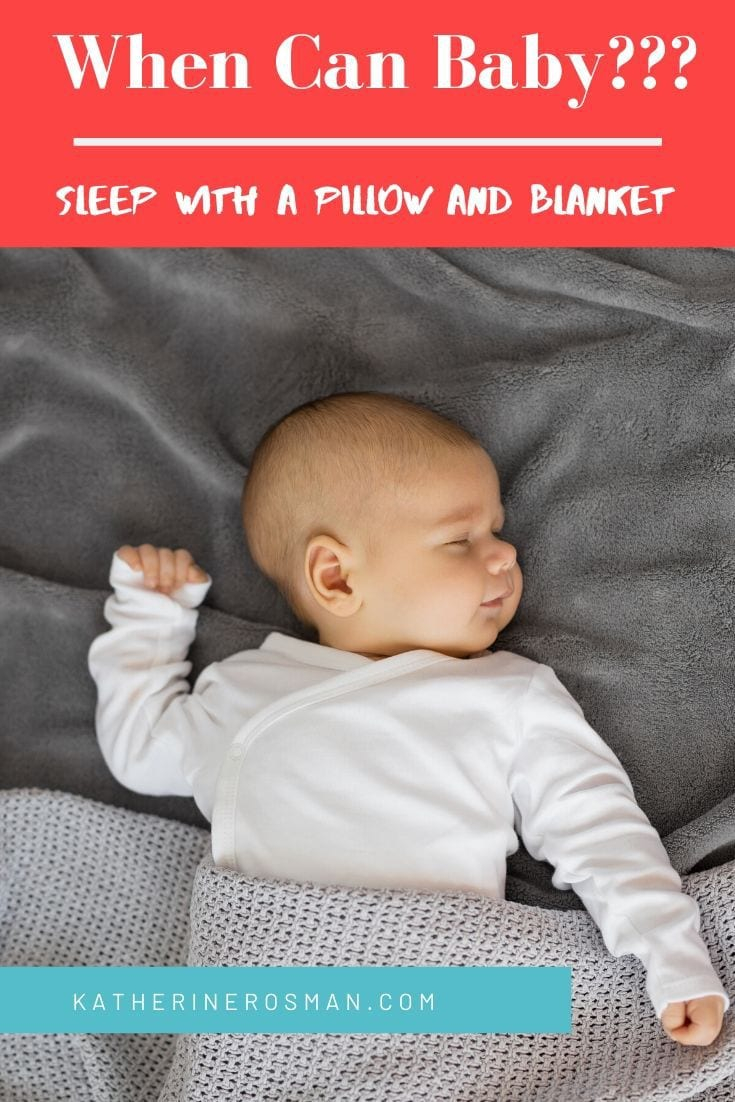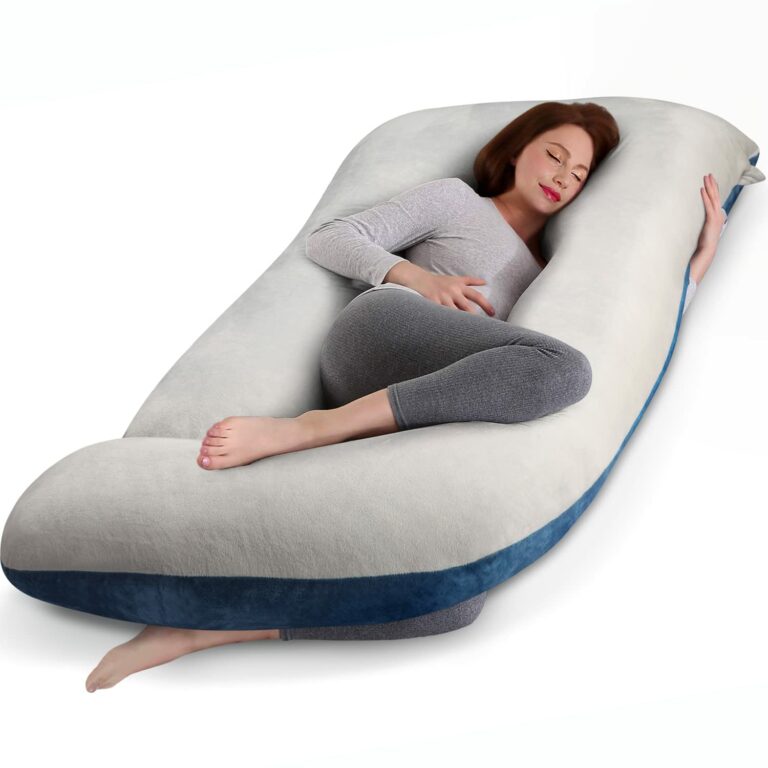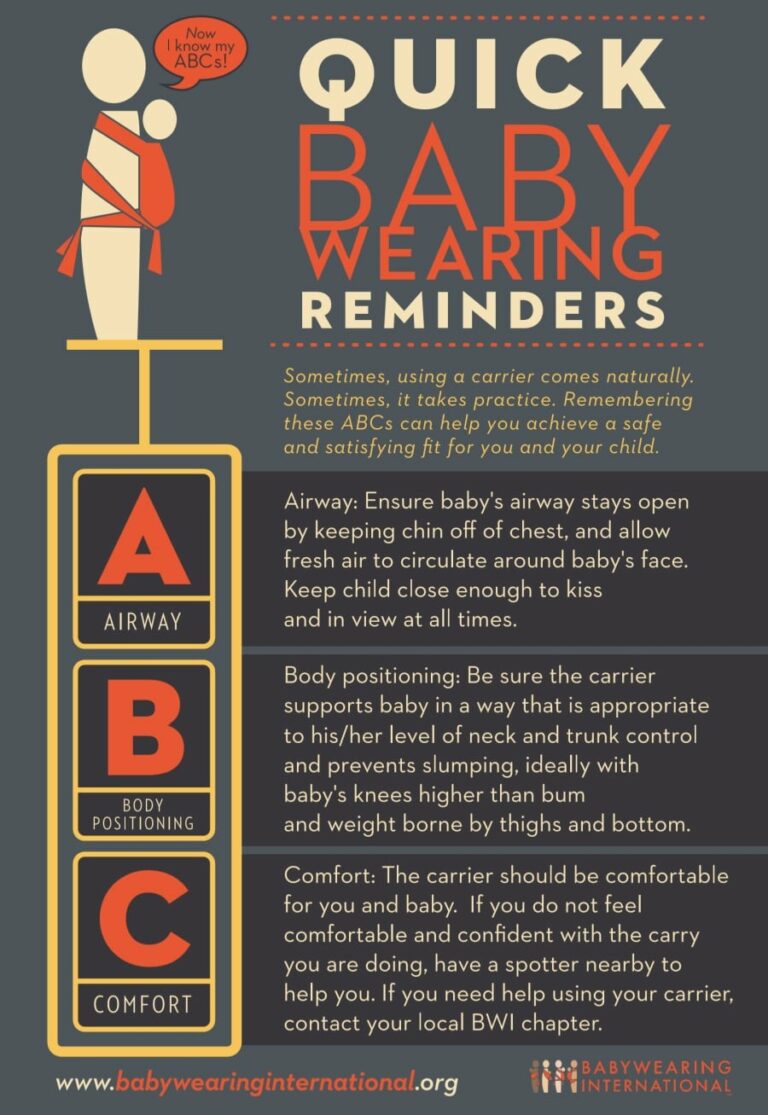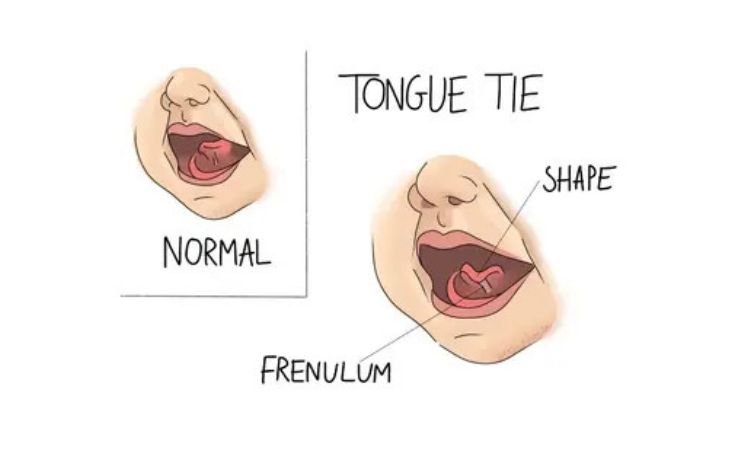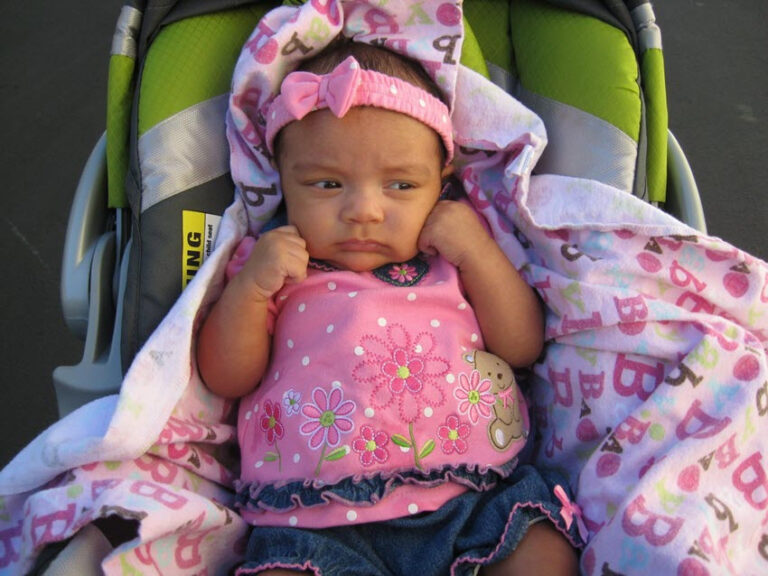At What Age Can A Baby Sleep With A Blanket
As a parent, you may find yourself wondering at what age can a baby sleep with a blanket. This question is common among new parents who want to ensure their child’s safety and comfort during sleep. In this article, we will explore the guidelines and recommendations surrounding when it is safe to introduce a blanket to your baby’s sleep environment.
Knowledge
When it comes to the age at which a baby can sleep with a blanket, the general consensus among experts is that it is safest to wait until the child is at least 12 months old. This recommendation is based on the risk of suffocation and Sudden Infant Death Syndrome (SIDS) that blankets and other soft bedding items can pose to infants.
Before the age of 12 months, babies do not have the motor skills or cognitive abilities to move bedding away from their faces if they become covered. This increases the risk of suffocation, especially if the baby rolls over onto their stomach during sleep. Additionally, loose bedding such as blankets can pose a risk of entanglement or strangulation.
Instead of using a blanket, experts recommend dressing your baby in a sleep sack or wearable blanket to keep them warm while reducing the risk of suffocation. Sleep sacks are designed to be safe for babies to sleep in and eliminate the need for loose bedding in the crib.
Once your baby reaches the age of 12 months, you can consider introducing a lightweight, breathable blanket into their sleep environment. It is important to choose a blanket that is specifically designed for infants and meets safety standards to reduce the risk of accidents during sleep.
When introducing a blanket to your baby’s sleep routine, make sure to follow safe sleep guidelines, including placing your baby on their back to sleep, using a firm mattress with a fitted sheet, and keeping the sleep environment free of soft bedding, toys, and pillows.
Conclusion
In conclusion, the recommended age for a baby to sleep with a blanket is 12 months. Prior to this age, it is safest to use sleep sacks or wearable blankets to keep your baby warm while reducing the risk of suffocation and SIDS. By following safe sleep practices and waiting until your baby is developmentally ready, you can help create a safe and comfortable sleep environment for your little one.
Ultimately, the decision of when to introduce a blanket to your baby’s sleep routine is a personal one that should take into account your child’s individual development and safety. By waiting until the recommended age and following safe sleep practices, you can help ensure your baby sleeps soundly and safely.
